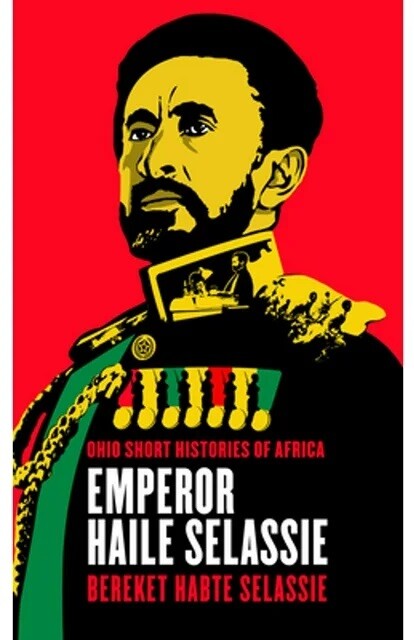
Ethiopia’s remembrance of Emperor Haile Selassie is a nuanced journey through his contributions, controversies, and the lasting influence he has had on the country and the world. His legacy is marked by both admiration and criticism, reflecting the complexity of his reign.
1. Symbol of Sovereignty and Independence
Haile Selassie is best known for his role in preserving Ethiopian sovereignty. Ethiopia, under his leadership, was the only African nation to successfully resist European colonization during the Battle of Adwa in 1896, a moment that remains central to Ethiopian national pride. Although this victory occurred before he became emperor, his diplomatic and military efforts during his reign against the Italian occupation (1936-1941) solidified Ethiopia’s independence on the world stage. His return to power with the support of the Allied forces during World War II further strengthened his legacy as a symbol of Ethiopian resilience and independence.
His contributions to international diplomacy, such as his passionate plea to the League of Nations in 1936 during Italy’s invasion, and his role in founding the Organization of African Unity (OAU) in 1963 (now the African Union), have cemented his status as a Pan-African hero. The OAU, headquartered in Addis Ababa, continues to honor him, with his statue unveiled at the African Union’s headquarters in 2019 as a tribute to his dedication to African unity.
2. Modernization Efforts
Domestically, Haile Selassie is remembered for initiating several modernization projects that aimed to bring Ethiopia into the modern world. His reign saw the introduction of Ethiopia’s first constitution in 1931, the expansion of educational institutions, the establishment of modern roads and communications, and efforts to centralize power. He introduced modern administrative practices and strengthened Ethiopia’s presence on the global stage through alliances with Western powers.
However, his modernization efforts were not without limitations. Critics argue that many of these reforms were too slow and unevenly distributed, benefiting the elite while leaving large portions of the rural population in poverty.
3. Controversies and Criticism
While many regard Haile Selassie as a transformative figure, his reign was also marked by authoritarian rule and growing discontent, particularly in the 1960s and early 1970s. His failure to address the deepening poverty and inequality, particularly among the peasantry, led to criticism. The famine in Wollo in the early 1970s, during which thousands died while the imperial court remained relatively detached from the crisis, severely damaged his reputation. This contributed to the revolution that ultimately led to his overthrow in 1974 by the Derg, a Marxist-Leninist military regime.
After his deposition, Haile Selassie was imprisoned and died under mysterious circumstances in 1975, with many believing he was murdered by the Derg. His body was buried in secret, and for years, the Derg regime attempted to erase his legacy from public memory. However, following the fall of the Derg in 1991, Ethiopia began to re-evaluate Haile Selassie’s contributions and failures.
4. Religious and Cultural Legacy
For the Rastafarian movement, Haile Selassie is seen as the messianic figure foretold in their spiritual beliefs. He is viewed as the “King of Kings” and the returned messiah who would lead African people to freedom and redemption. This movement, originating in Jamaica, took its name from his birth name, Ras Tafari Makonnen. While Haile Selassie himself did not embrace this religious adoration, the Rastafarian movement has kept his name and legacy alive on the global stage.
5. Modern Perception
Today, Haile Selassie’s legacy is more balanced. Statues of him have been restored, and his contributions to African unity and Ethiopia’s sovereignty are celebrated. However, many Ethiopians continue to debate his domestic legacy, with some viewing him as an authoritarian figure who resisted necessary reforms. His body was finally reburied in 2000 in a state funeral in Addis Ababa’s Holy Trinity Cathedral, a symbolic moment of reconciliation with his complex past.
Conclusion
Ethiopia’s remembrance of Haile Selassie is a reflection of his multifaceted legacy. He is remembered as a visionary leader who fiercely defended Ethiopia’s independence and worked for African unity, yet his reign is also criticized for its failures to address poverty, land reform, and human rights. His memory continues to evolve as Ethiopians and the global community reassess his impact on history.
